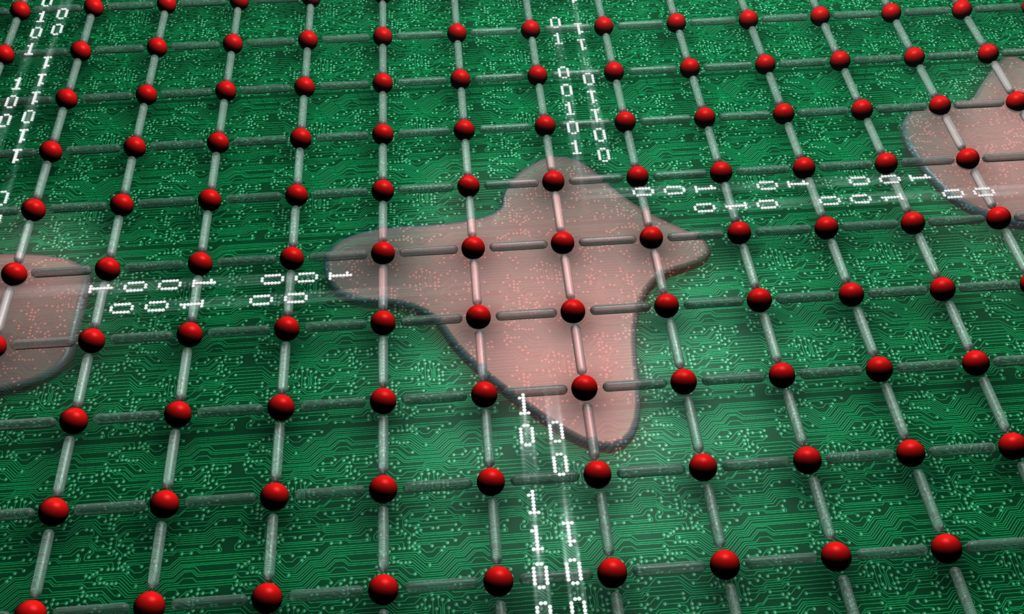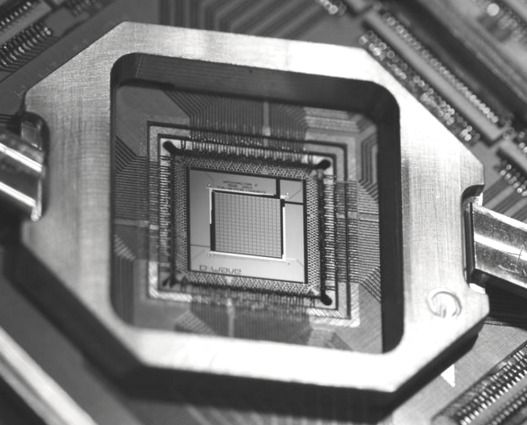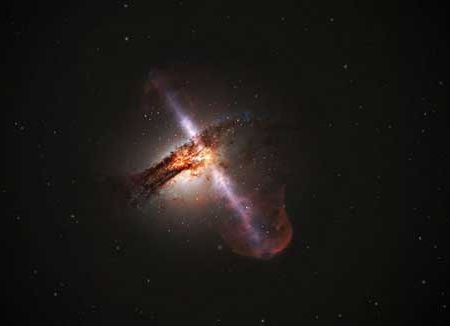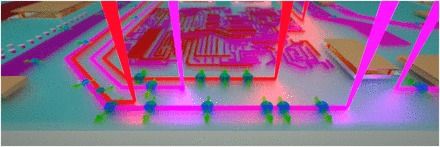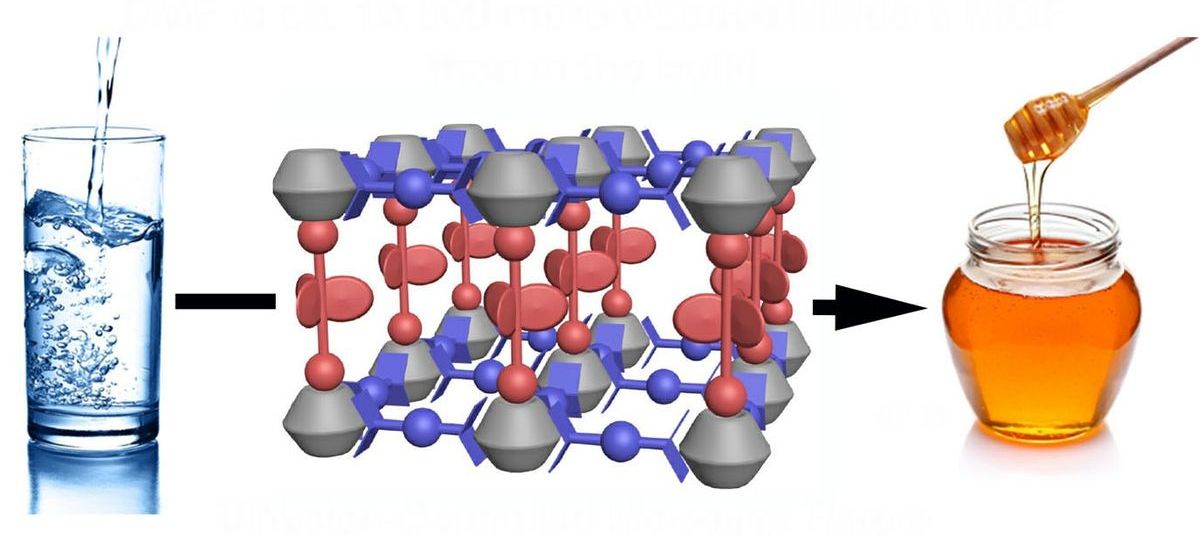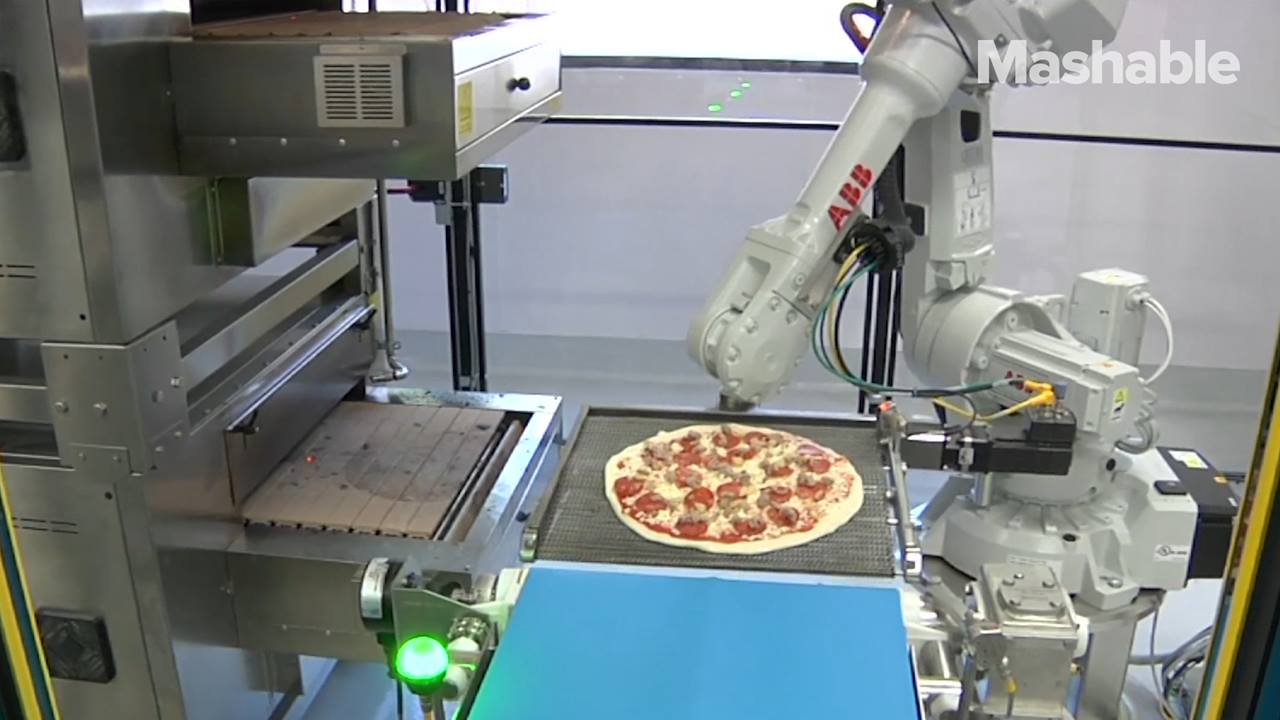Page 11232
Sep 14, 2016
In Search of the Next Circuit Building Method – ORNL has Ideas
Posted by Karen Hurst in category: materials
Awesome @ my friends at ORNL! Luv it and expect much success too.
No one knows what the next, best way to build electronic circuits will be. That said there’s no shortage of efforts to invent something beyond current lithography. Oak Ridge National Laboratory, perhaps not surprisingly, is in the thick of the race and two recent studies from ORNL researchers showcase promising but very different approaches.
One method suggests phase change in a single complex oxide material may allow “creating” circuit elements much smaller than in today’s CMOS process while a second study puts STEM (scanning transmission electron microscopy) to work directly writing tiny patterns in metallic “ink,” forming features in liquid that are finer than half the width of a human hair. Articles describing both are posted on the ORNL web site.
Continue reading “In Search of the Next Circuit Building Method – ORNL has Ideas” »
Sep 14, 2016
Counterfeit Parts Of Aircraft And Defense Products Could Proliferate Through 3D Printing
Posted by Karen Hurst in categories: 3D printing, transportation
Sep 14, 2016
One thought on “So, You Want to Program Quantum Computers…”
Posted by Karen Hurst in categories: computing, government, quantum physics
Nice article; however, disappointed that the author expanded the exploration of programming in Quantum to include Google, MIT, U. Sydney, etc. who all have been exploring the programming on QC. D-Wave indeed is doing a lot in this space and has been even training numerous US Government personnel on QC; just would be interesting to learn more about the advances in this space from other players who have been sharing for several months their breakthroughs in programming QC.
The jury is still out when it comes to how wide-ranging the application set and market potential for quantum computing will be. Optimistic estimates project that in the 2020s it will be a billion-dollar field, while others expect the novelty will wear off and the one company behind the actual production of quantum annealing machines will go bust.
Ultimately, whichever direction the market goes with quantum computing will depend on two things. First, the ability for applications of sufficient value to warrant the cost of quantum systems have to be in place. Second, and connected to that point, is the fact that enough problems can be mapped to these machines—a tricky problem that if not solved, will lead to a limited ecosystem of capabilities and, of course, developers.
Continue reading “One thought on ‘So, You Want to Program Quantum Computers…’” »
Sep 14, 2016
Quantum information encoded in spinning black holes
Posted by Karen Hurst in categories: computing, cosmology, quantum physics
Rotating black holes can implement quantum gates and quantum circuits, like Bell states, which are quantum counterparts of the classical computer programing.
The black holes sparked the public imagination for almost 100 years. Their presence in the universe has been debated for long; however, the detection of X-ray radiation coming from the center of the galaxies has put an end to the discussion and undoubtedly proven their existence.
The vast majority, if not all, of the known black holes were unveiled by detecting the X-ray radiation emitted by the stellar material around them. Black holes emit X-ray radiation, light with high energy, due to the extreme gravity in their vicinity. X-ray photons emitted near rotating black holes not only exposed the existence of these phantom-like astrophysical bodies, but also seem to carry hidden quantum messages.
Continue reading “Quantum information encoded in spinning black holes” »
Sep 14, 2016
Core Concept: Topological insulators promise computing advances, insights into matter itself
Posted by Karen Hurst in category: computing
Another step forward by Chen on QC through his work on topological insulators.
National Academy of Sciences.
Sep 14, 2016
The National Research Council’s view of how it could save the world
Posted by Karen Hurst in categories: futurism, sustainability
Does Canada’s NRC have the right fix for Global Warming?
The National Research Council has seen the future: NRC saves the planet by fixing global warming.
Canada’s biggest science agency has an internal document, introduced to some staff by NRC’s former president days before he left his position in March, that outlines an ambitious view of NRC in 2050.
Continue reading “The National Research Council’s view of how it could save the world” »
Sep 14, 2016
UCLA chemists report new insights about properties of matter at the nanoscale
Posted by Karen Hurst in categories: chemistry, nanotechnology
UCLA’s new method to smaller molecule machines.
UCLA nanoscience researchers have determined that a fluid that behaves similarly to water in our day-to-day lives becomes as heavy as honey when trapped in a nanocage of a porous solid, offering new insights into how matter behaves in the nanoscale world.
“We are learning more and more about the properties of matter at the nanoscale so that we can design machines with specific functions,” said senior author Miguel García-Garibay, dean of the UCLA Division of Physical Sciences and professor of chemistry and biochemistry.
Continue reading “UCLA chemists report new insights about properties of matter at the nanoscale” »
Sep 14, 2016
How-to guide: Building a new civilization in space
Posted by Sean Brazell in category: space

We are running out of room and resources here on earth. United Launch Alliance is looking beyond planet earth to solve these problems.

